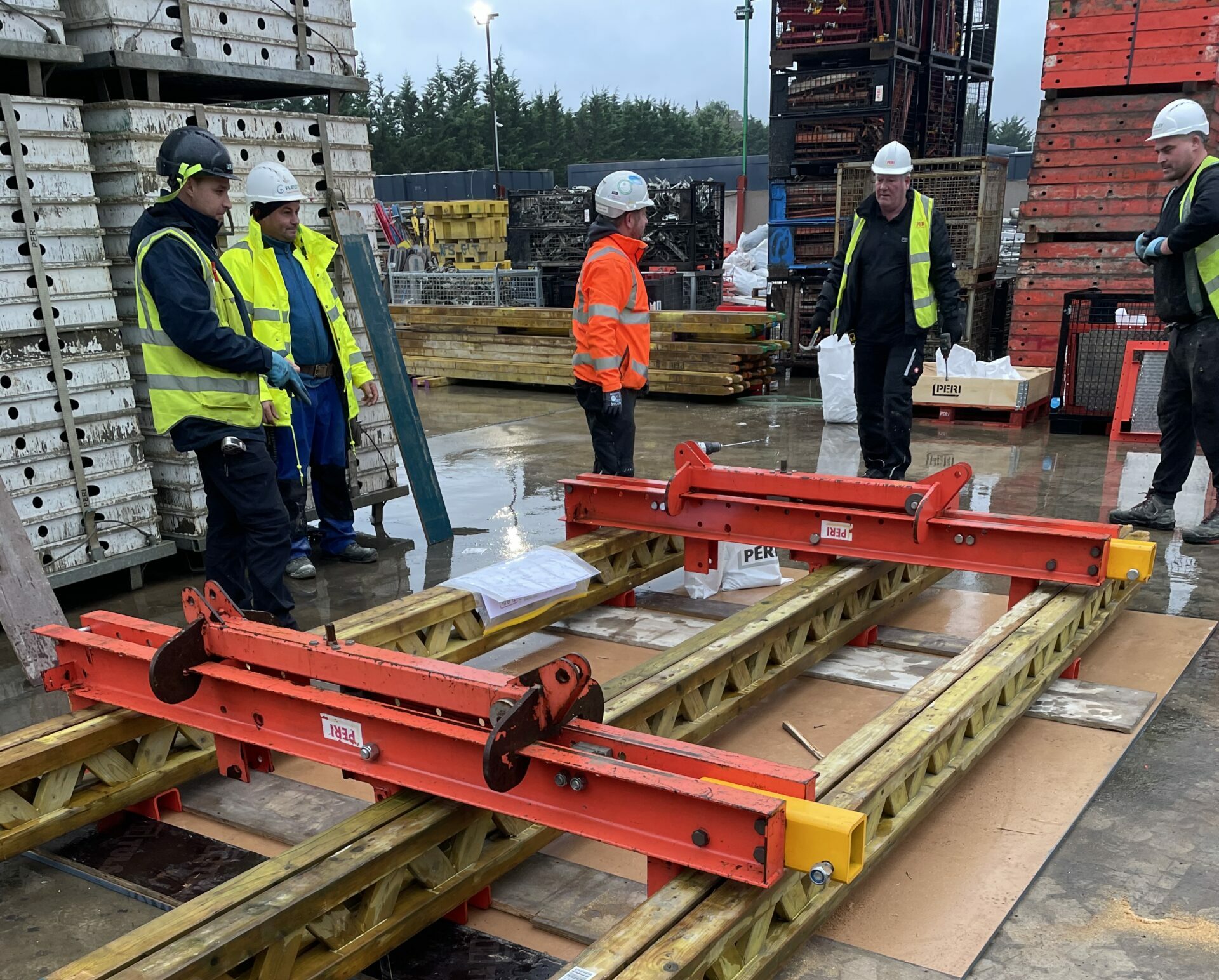The Health and Safety Executive (HSE) reported that of the total 135 workers killed in work-related accidents in 2022/23, 45 were in construction, with just over half (51%) of all construction fatalities in the period involving falls from height.
It is extremely unfortunate that each one of these tragic deaths has contributed to a total figure almost 22% higher than the annual average of 37 fatalities recorded over the five-year period from 2018 to 2023.
Terry Hall, Field Services Manager for PERI UK, commented: “The formwork industry needs to look at how the scaffolding industry has evolved in recent years. Regardless of the height and complexity of the scaffold towers being erected, they must be built by CISRS scaffolders who have undertaken advance training.
“Typically, formwork is being used to construct some of the tallest buildings across the UK, yet these systems are installed without stringent training standards for the formwork operatives undertaking the work, who without training, can easily have developed unsafe working practices.
“Without the right training, these operatives are likely to make more mistakes and erect systems incorrectly at best and dangerously at worst. This can have serious implications for their personal safety and that of the public, given that many modern formwork systems are used at great height, on constrained sites and in busy public spaces.
“However, whilst the training remains voluntary, construction contractors may not prioritise spending time or money on training courses to upskill their operatives and encourage safer working practices on site. Only mandatory training will address the risks of simple mistakes or lack of knowledge causing avoidable problems.”
Currently, an operative erecting formwork requires an NVQ Level 2 qualification, but this fails to recognise how formwork systems and climbing formwork in particular has developed in the last 20 years.
System-based formwork products have evolved to meet modern construction needs, including more powerful climbing capacity and some have been developed for specific applications, which risks widening the gap between basic and advanced product knowledge.
Hall concludes: “Although we are seeing a significant jump in the number of formwork operatives currently being trained, as contractors better understand the risks and the simple solution, it remains on a voluntary basis.
“By ensuring that formwork training receives equal emphasis and recognition as scaffolding training, we can prioritise safety and proficiency in all aspects of construction work, promoting a culture of competence and professionalism.
Until the training is mandatory and no one can erect formwork systems without the appropriate qualifications on their CSCS card to prove their competence, the risk of recruiting inadequately skilled operatives who are working with heavy-duty systems at height, will remain.”


